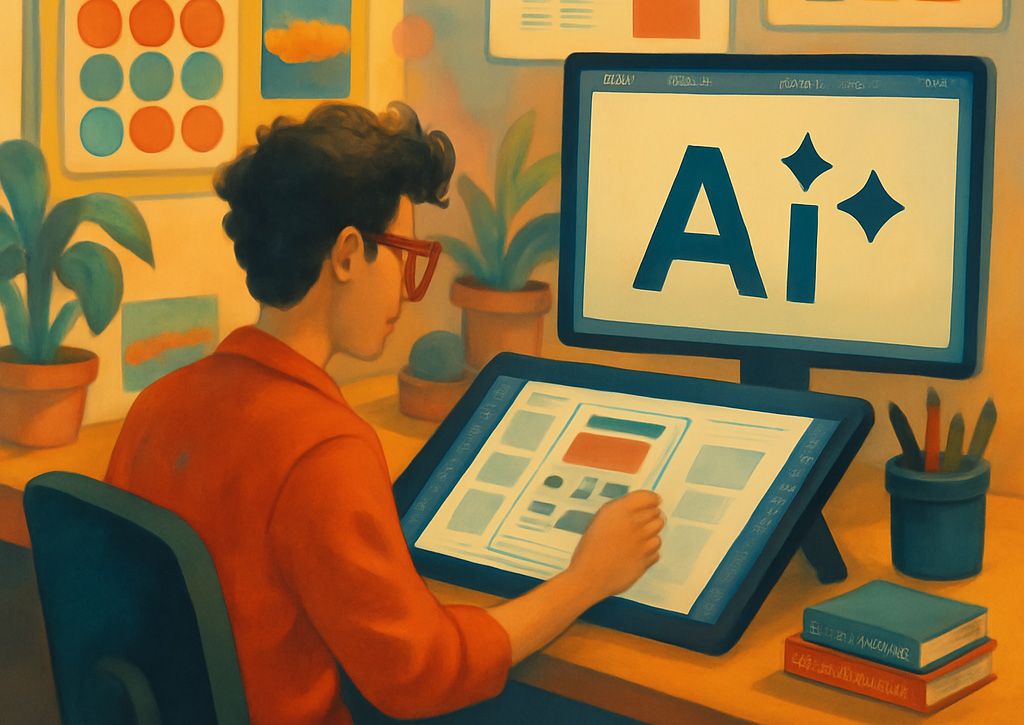Developing and Maintaining IA Frameworks
As part of my study, I’m learning how to build and maintain site maps, navigation systems, taxonomies, and content hierarchies. These are the structural foundations that make digital content accessible and understandable.
I’m practicing by creating site maps and mock navigation flows using tools like Figma, Octopus.do, and Miro, starting with small examples like apps I already use and expanding into larger, hypothetical platforms.
What I’m focusing on:
Understanding how content relationships influence usability
Visualizing structures that match user mental models
Making IA scalable for future content
Analyzing User Behavior, Content Requirements, and Business Goals
Another important area is using user research and business insights to inform IA decisions. I’m reviewing how methods like card sorting, tree testing, and content audits reveal the way users think, search, and engage.
I’ve practiced designing a content inventory and mapping user flows to better match real user goals with business objectives.
What I’m focusing on:
Aligning structure with user intent
Identifying content gaps and redundancies
Creating IA that supports both user journeys and business KPIs
Collaborating Across Teams
I’m also learning how effective IA work doesn’t happen in isolation. It requires close collaboration with designers, developers, product managers, and content strategists.
During certification prep, I’m studying case studies where IA aligned cross-functional goals and learning how to clearly communicate structural decisions through wireframes, diagrams, and annotated flows.
What I’m focusing on:
Explaining IA decisions in clear, simple language
Using visuals to align understanding with stakeholders
Practicing collaborative critique sessions
Creating Clear IA Documentation
Documentation is essential in making IA work understandable and maintainable. I’m currently practicing how to create:
Site maps with annotations
Navigation guidelines
User flow diagrams
Scalable taxonomy structures
I’ve also started documenting a sample IA strategy for a fictional mobile app as part of my study portfolio.
What I’m focusing on:
Keeping IA documentation simple yet detailed
Using diagrams and written rationale together
Making documents easy to share with devs and content teams
Designing for Scalability and Consistency Across Devices
One area that’s been eye-opening in my IA study is understanding how information structure must adapt across different devices and screen sizes.
I’m practicing how responsive IA works, and reviewing how apps like Airbnb and Google maintain consistent structure on mobile and desktop, while optimizing for context.
What I’m focusing on:
Planning IA to grow with new content or features
Creating adaptive navigation patterns
Ensuring that IA supports both simplicity and depth
Staying Updated on IA Trends and Best Practices
To make sure I’m not just learning the basics, I’m also following industry best practices and trends through sources like:
Nielsen Norman Group
UX Collective
World IA Day
LinkedIn and UX Slack groups
I regularly take notes and share what I learn with peers to solidify my understanding and stay inspired.
What I’m focusing on:
Following evolving IA patterns in AI, voice UX, and responsive systems
Exploring new tools for IA design and testing
Building learning habits I can continue post-certification







